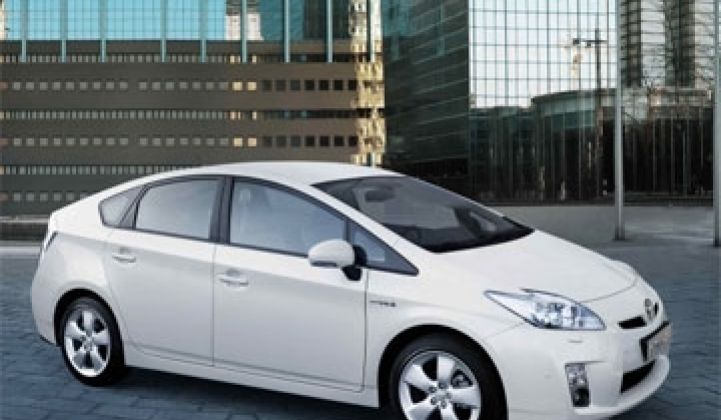In previous posts (here, here and here), I’ve discussed the patent litigation between hybrid vehicle technology company Paice and Japanese automaker Toyota in the U.S. International Trade Commission (ITC).
This case centers on Paice’s allegations that Toyota’s importation of the third-generation Prius, the Camry Hybrid, the Lexus HS250h and RX450h (Accused Products) infringe U.S. Patent No. 5,343,970 (’970 Patent).
In a prior action in the Eastern District of Texas, Paice won a jury verdict that the second generation Prius, the Highlander and the Lexus RX 400h infringed two claims of the ‘970 Patent under the doctrine of equivalents, and the verdict was affirmed on appeal (see my previous post about the verdict and appeal here).
The court awarded Paice an ongoing royalty of $25 per infringing vehicle, which was later increased to $98, but the court denied Paice’s request for an injunction.
Last month, in the ITC case, the ITC reversed an administrative law judge’s ruling that Toyota was barred from asserting a defense of non-infringement of the ‘970 patent and from challenging the validity or enforceability of the ‘970 patent under the principles of claim preclusion and issue preclusion because of the prior federal district court and appeals court rulings against Toyota.
Claim preclusion prevents a succession of lawsuits on a common claim by precluding re-litigation of the same claim between the same parties in a second forum in the absence of certain exceptions.
The ITC opinion (itc_opinion.pdf) found that the only “claim” presented in the investigation is Paice’s and “thus claim preclusion cannot be applied as a sword by Paice against Toyota.”
Significantly, the ITC opinion went on to say that “if this investigation is part of the same ‘claim’ as the district court action, and if no exception to claim preclusion applies, then this investigation is precluded altogether.”
Toyota subsequently filed a renewed motion for summary determination (toyota_motion.pdf) asking the presiding administrative law judge to dismiss the case on the ground that Paice’s claim is barred by the doctrine of claim preclusion.
According to Toyota’s motion, the ITC investigation is part of the same “claim” as the prior Texas district court action and none of the exceptions applies.
The only “arguably relevant” exception -- that the plaintiff was unable to seek a certain remedy or form of relief in the first action -- does not apply, Toyota contends, because there is no meaningful difference between the injunction Paice sought in the district court and the limited exclusion order Paice has requested in the ITC.
In its opposition brief (paice_opp.pdf), Paice counters that claim preclusion should not apply because its ITC claim involves new products introduced by Toyota subsequent to the earlier district court action and therefore is based on acts of alleged infringement that occurred after that case. Thus, Paice contends, the ITC case cannot be deemed the “same cause of action” as the first suit.
Paice also argues that some of the exceptions to claim preclusion apply here, including that it was unable to rely on certain theories in the district court action and unable to seek the exclusionary relief there that is only available in the ITC.
Much is riding on the determination of this motion: Paice has requested a permanent limited exclusion order barring entry into the U.S. of the Accused Products.
***
Eric Lane is a patent attorney at Luce, Forward, Hamilton & Scripps in San Diego, where he works in the Intellectual Property and Climate Change & Clean Technologies practice groups. Mr. Lane can be reached at or at [email protected]. He authors the Green Patent Blog.



